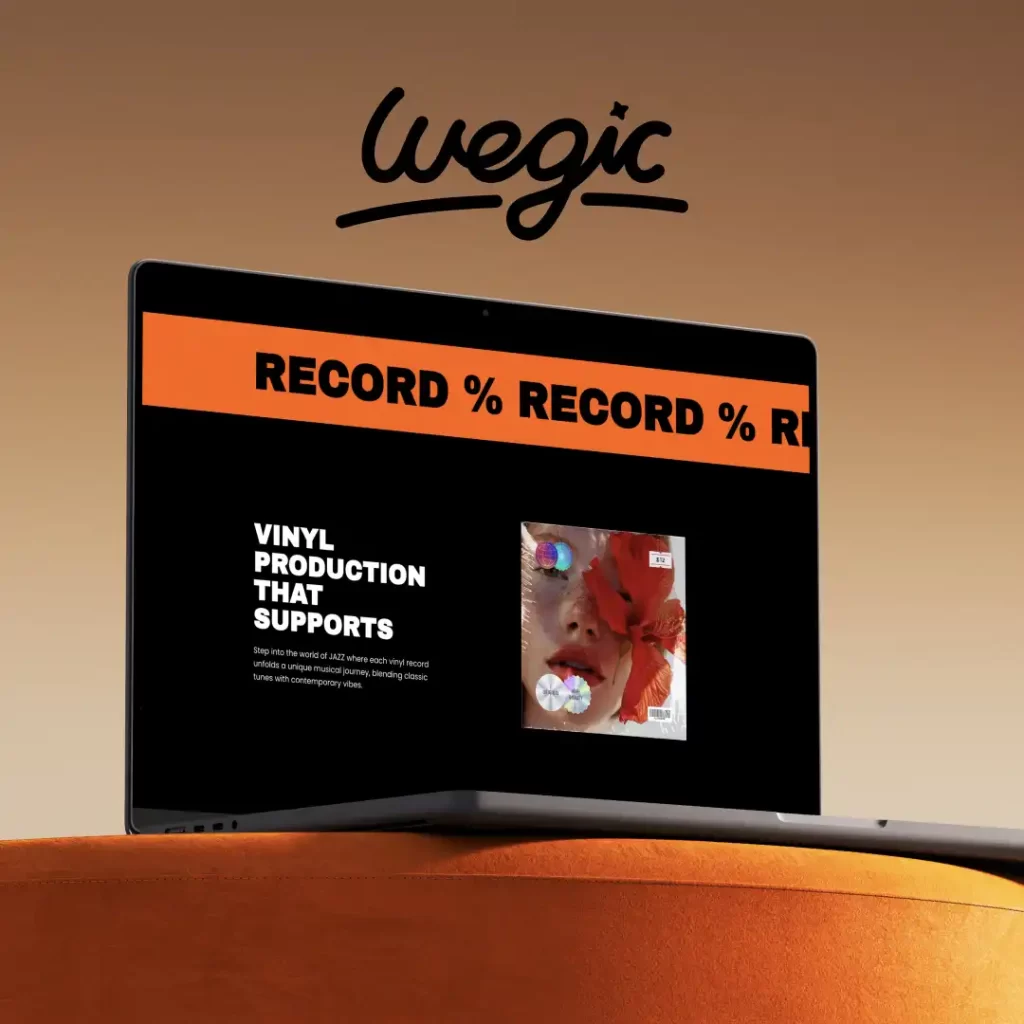Line Break in Html Quick Guide
Choosing the right web hosting provider is a crucial decision when it comes to creating and maintaining a successful website. With so many options available in the market, it can be overwhelming to find the best provider that suits your needs. In this article, we will discuss the importance of choosing a reliable web hosting provider and the key factors to consider when making your decision.
When it comes to formatting text on a webpage, line breaks are an essential tool for controlling the layout and readability of content. In HTML, line breaks can be inserted using the `
` tag, which is a self-closing tag that creates a new line in the text flow.
Line breaks are used to ensure that text appears in a clear and organized manner, making it easier for users to read and understand the information presented on a webpage. They are particularly useful when formatting blocks of text, such as paragraphs, lists, and addresses, as they help to separate different elements and improve the overall visual appeal of the content.
In this article, we will explore the different ways in which line breaks can be used in HTML to enhance the appearance of text and provide a more engaging reading experience for users.
The `
` tag is a simple and easy way to insert a line break in HTML. It is a self-closing tag, meaning that it does not require a closing tag to function properly. To insert a line break using the `
` tag, simply place the tag where you want the line break to occur in the text flow.
For example, the following code snippet demonstrates how to use the `
` tag to insert a line break between two lines of text:
“`html
This is the first line of text.
This is the second line of text.
“`
When this code is rendered in a web browser, the text will appear as follows:
This is the first line of text.
This is the second line of text.
As you can see, the `
` tag creates a new line in the text flow, separating the two lines of text and making them easier to read and understand.
In addition to the `
` tag, line breaks can also be inserted using CSS properties such as `display: block;` and `margin-bottom`. These properties can be applied to elements such as “ and `
` to create line breaks between blocks of text without the need for the `
` tag.
For example, the following code snippet demonstrates how to create a line break using CSS properties:
“`html
This is the first block of text.
This is the second block of text.
“`
When this code is rendered in a web browser, the text will appear as follows:
This is the first block of text.
This is the second block of text.
By using CSS properties to create line breaks, you can achieve more control over the spacing and layout of text on a webpage, allowing you to create a more visually appealing design that enhances the readability of the content.
Line breaks are a powerful tool for controlling the layout and appearance of text on a webpage. They can be used to separate blocks of text, create space between elements, and improve the overall readability of content. By properly utilizing line breaks in HTML, you can create a more engaging and visually appealing design that enhances the user experience and makes it easier for readers to consume information.
In conclusion, line breaks play a crucial role in formatting text on a webpage, enabling you to create a more organized and visually appealing design that enhances the readability of content. By using the `
` tag and CSS properties, you can insert line breaks in HTML to separate blocks of text, create space between elements, and improve the overall layout of your webpage. With a better understanding of how line breaks work in HTML, you can take your web design skills to the next level and create more engaging and user-friendly websites.
Conclusion
Web design is a critical component of creating a successful online presence and can significantly impact the performance of your website. By following best practices in web design and focusing on user experience, you can create a visually appealing, user-friendly, and functional website that attracts and retains visitors, drives conversions, and enhances brand reputation. Remember to define your goals, know your audience, keep it simple, optimize for mobile, use high-quality visuals, ensure clear navigation, prioritize loading speed, and test and iterate for continuous improvement. With these tips in mind, you can create an effective website that stands out in the digital landscape and drives success for your business.


